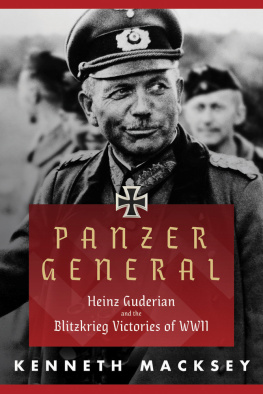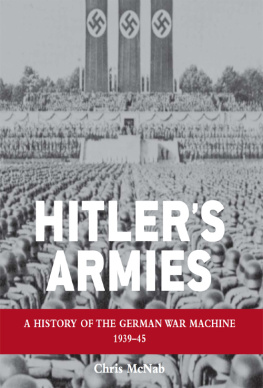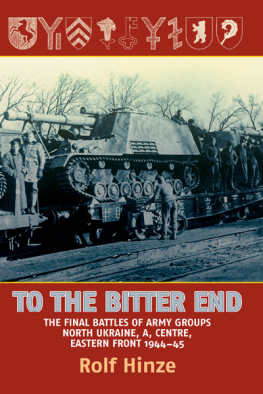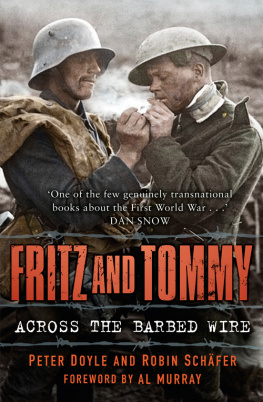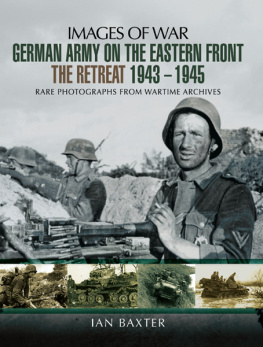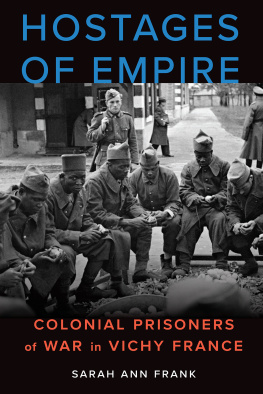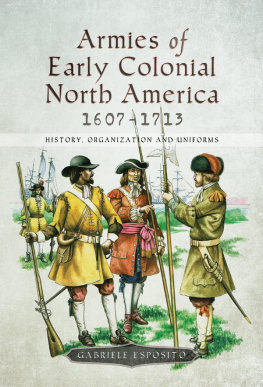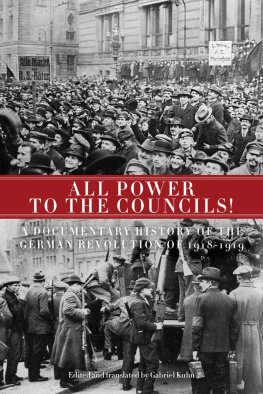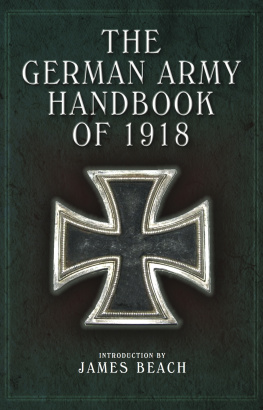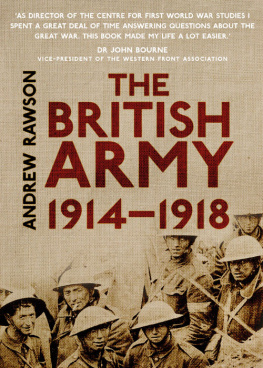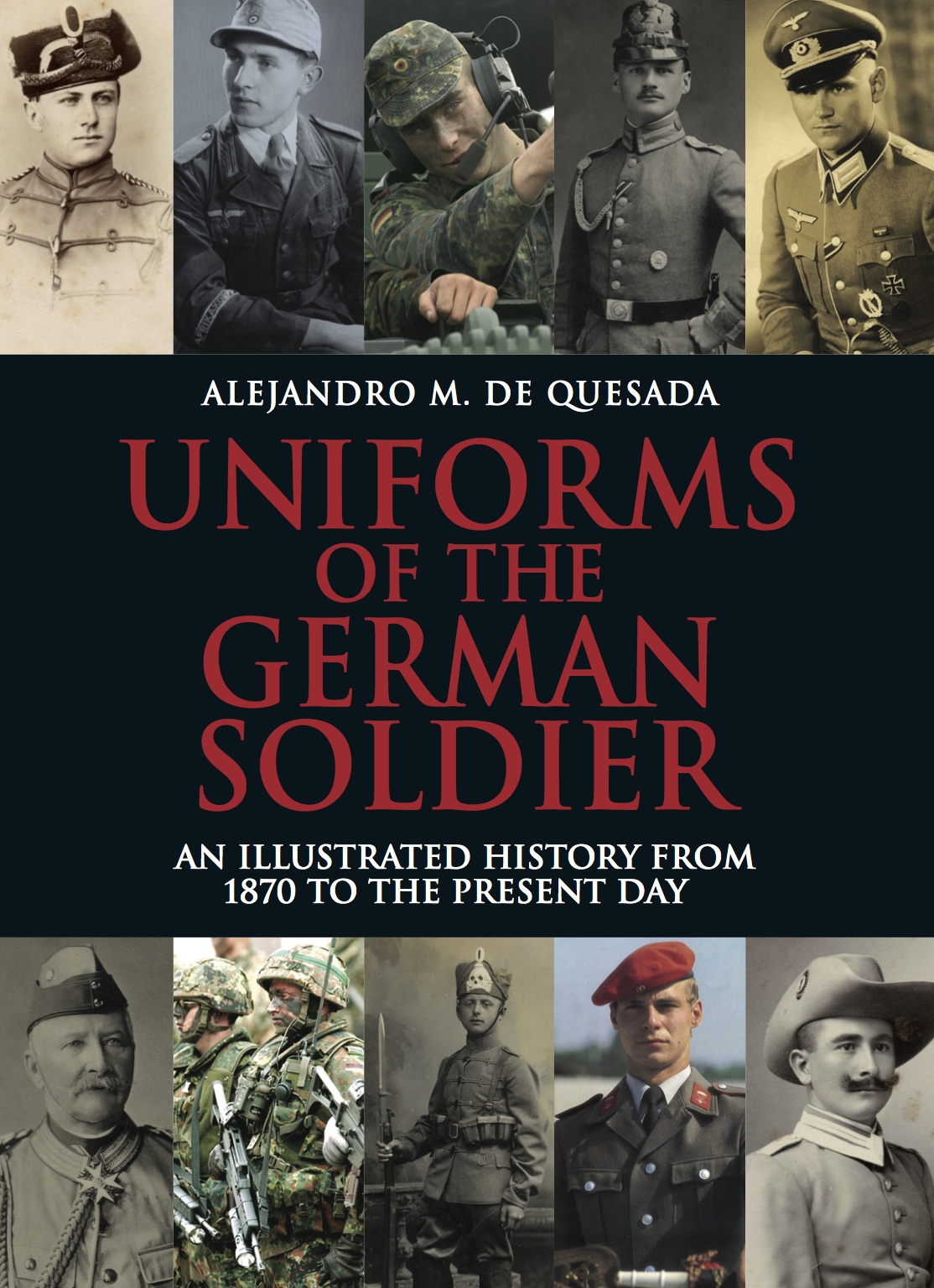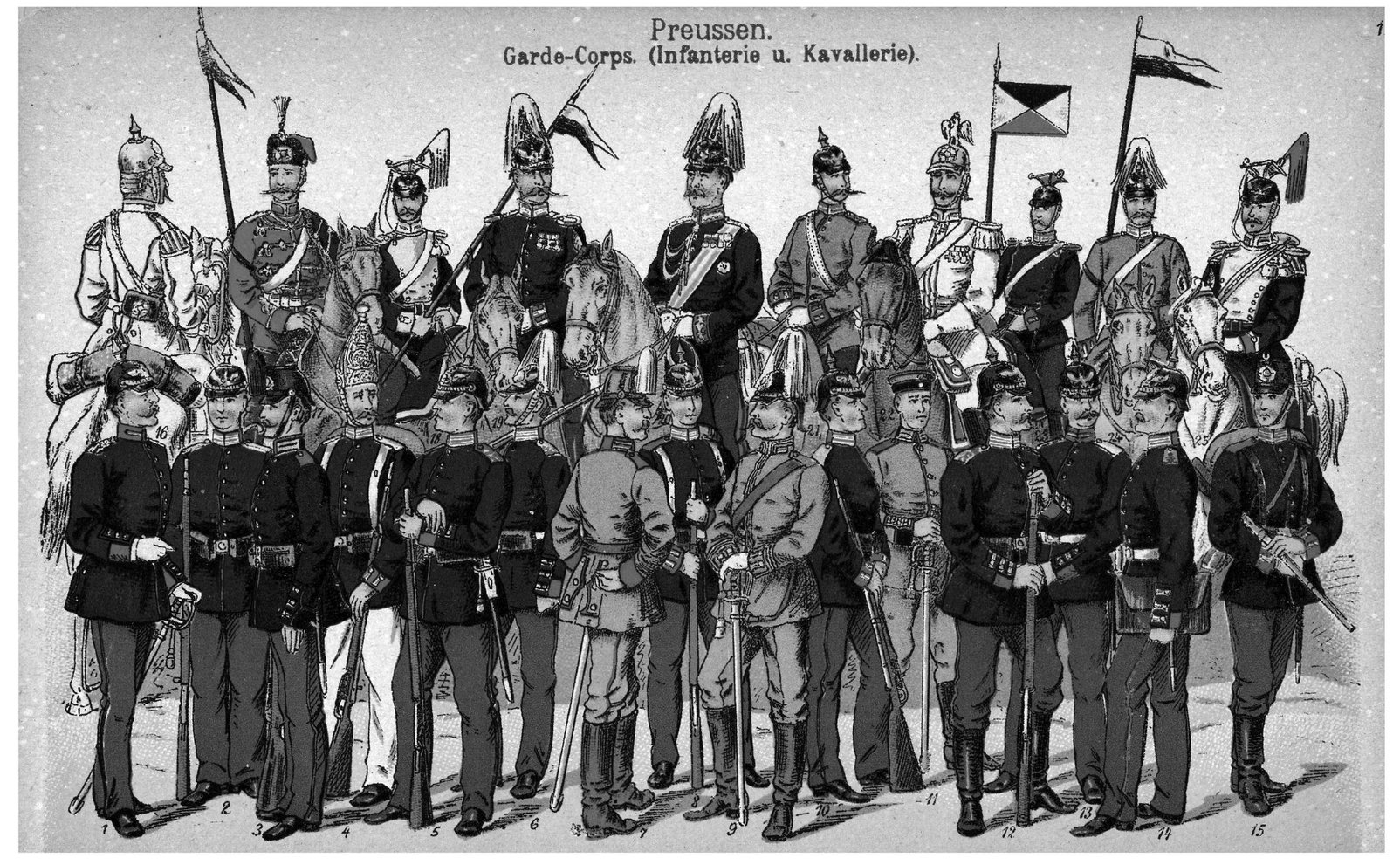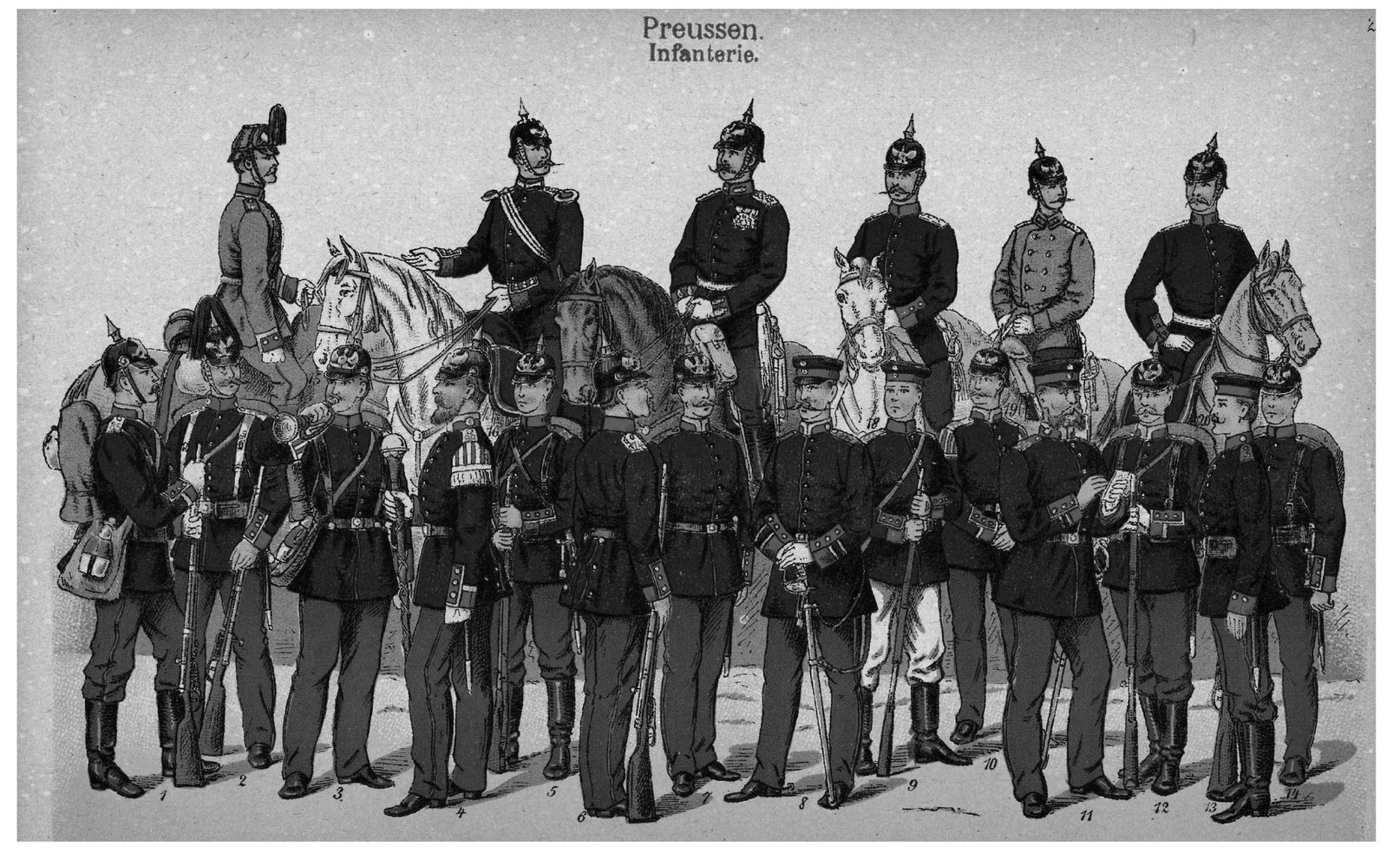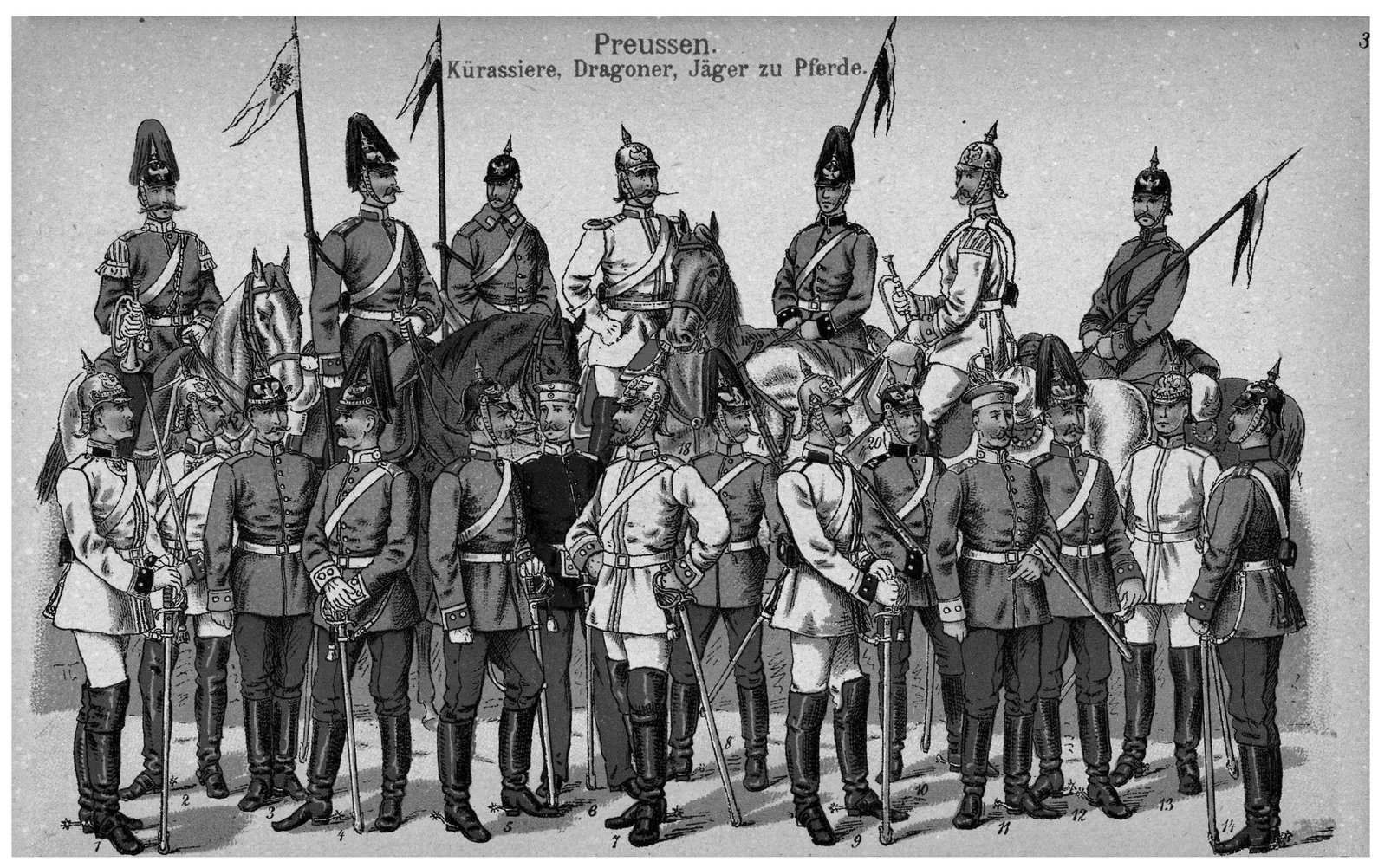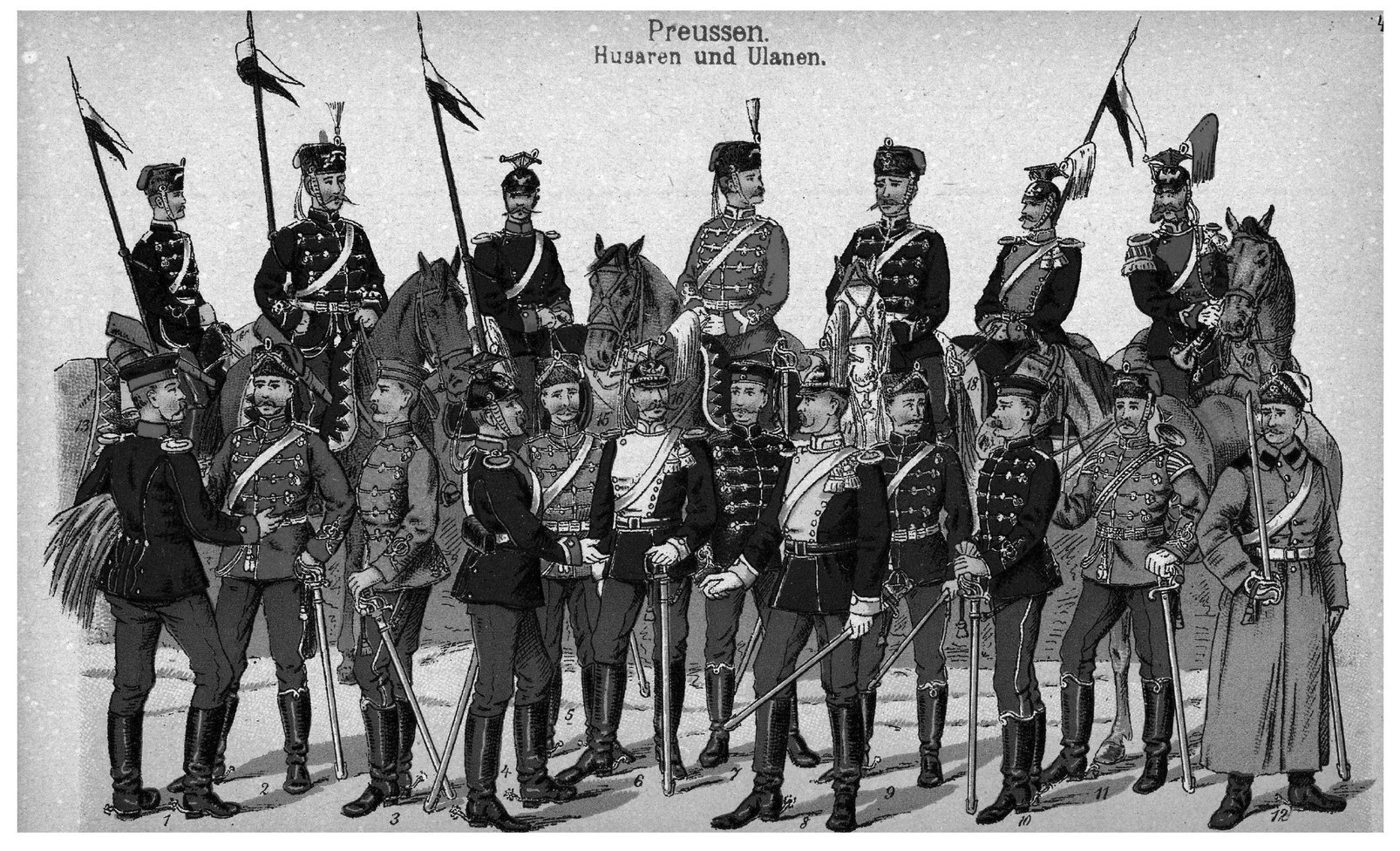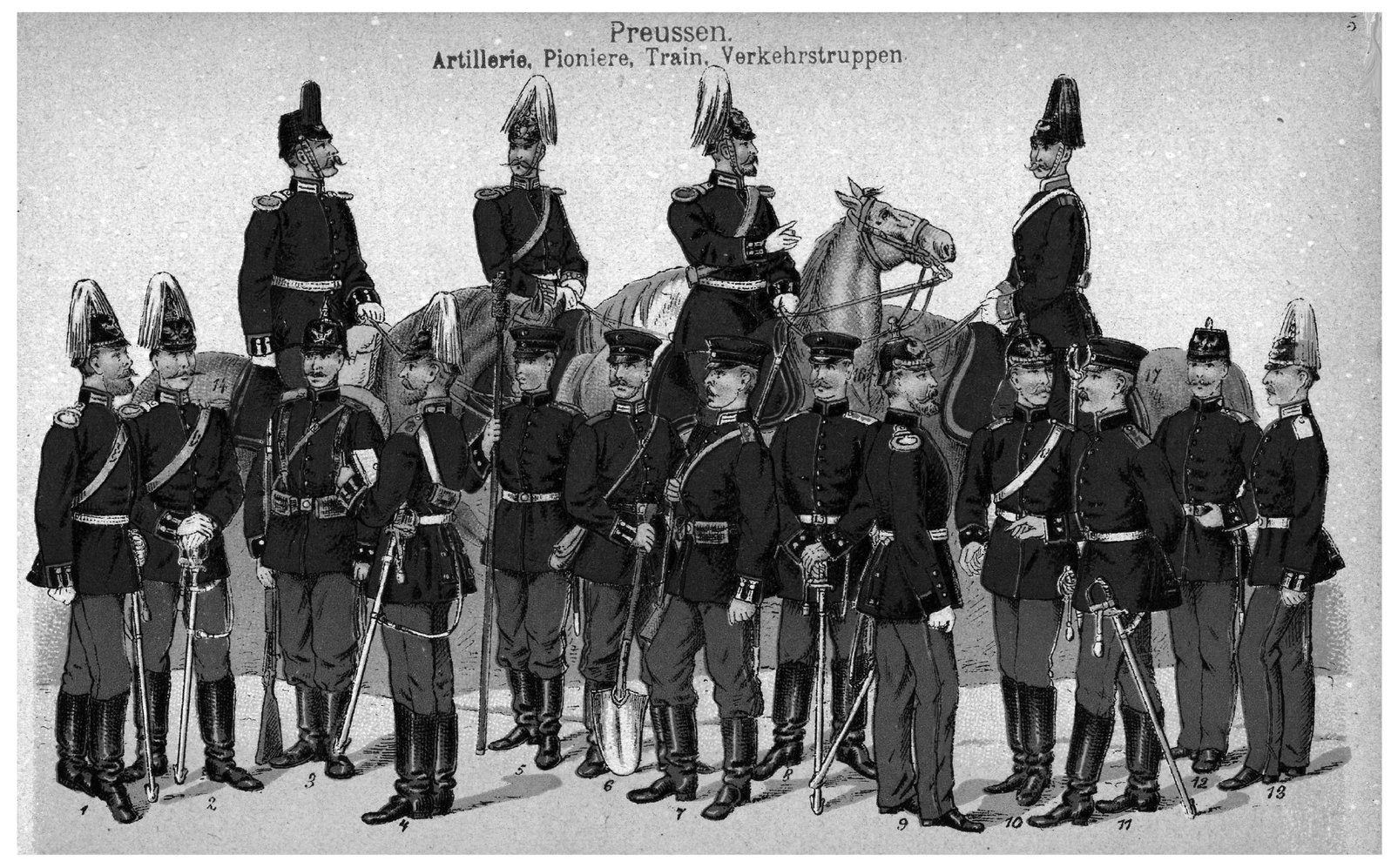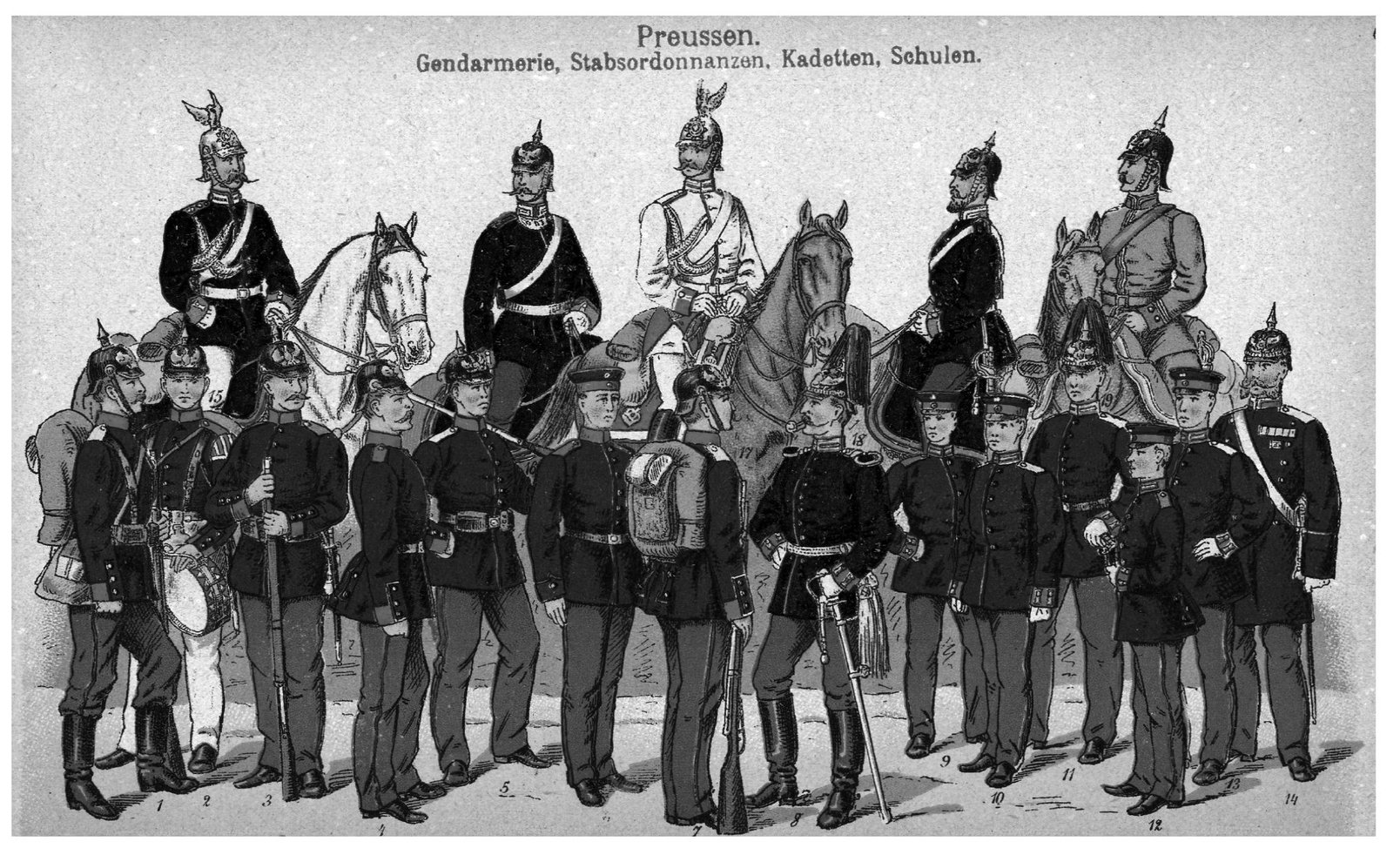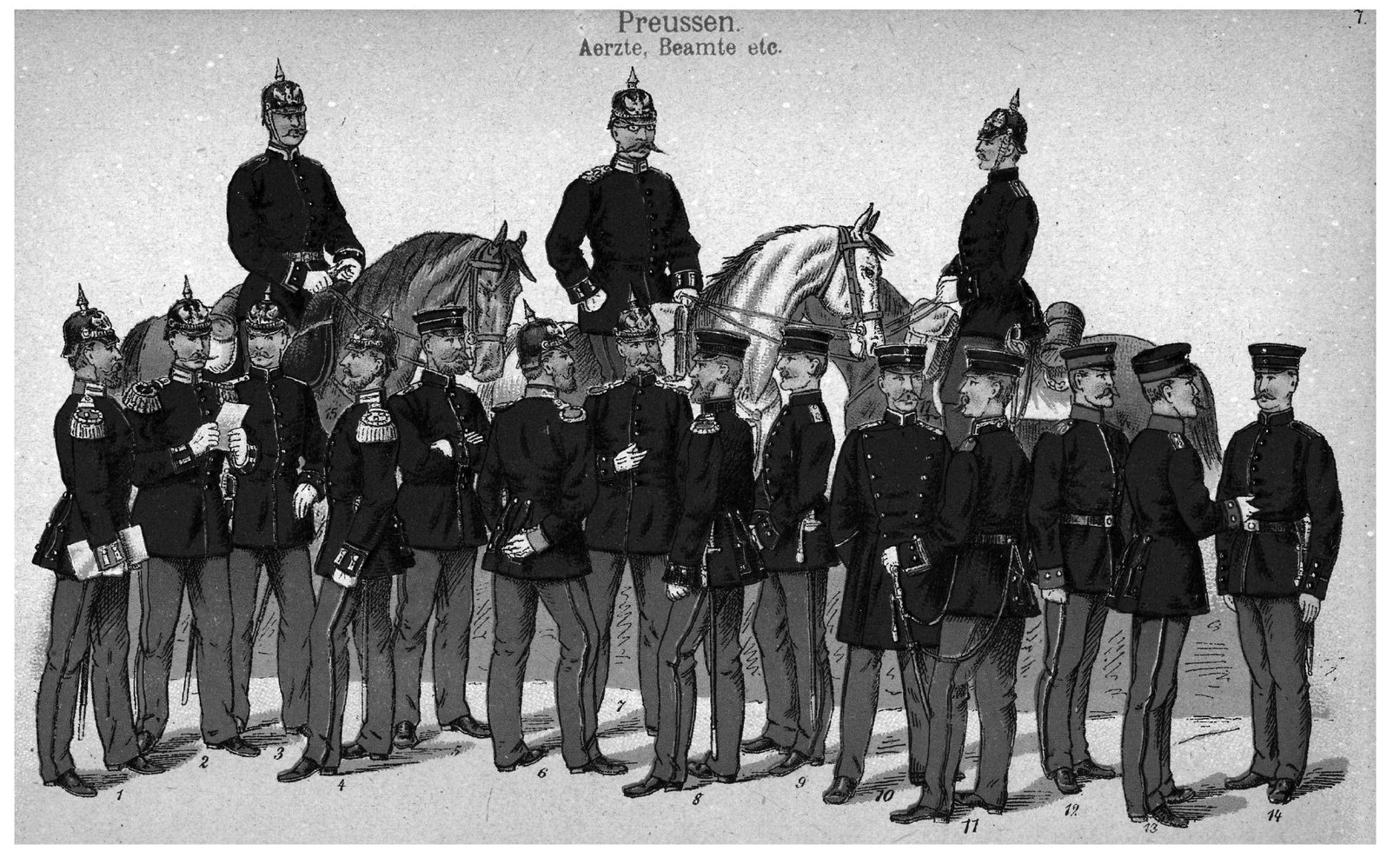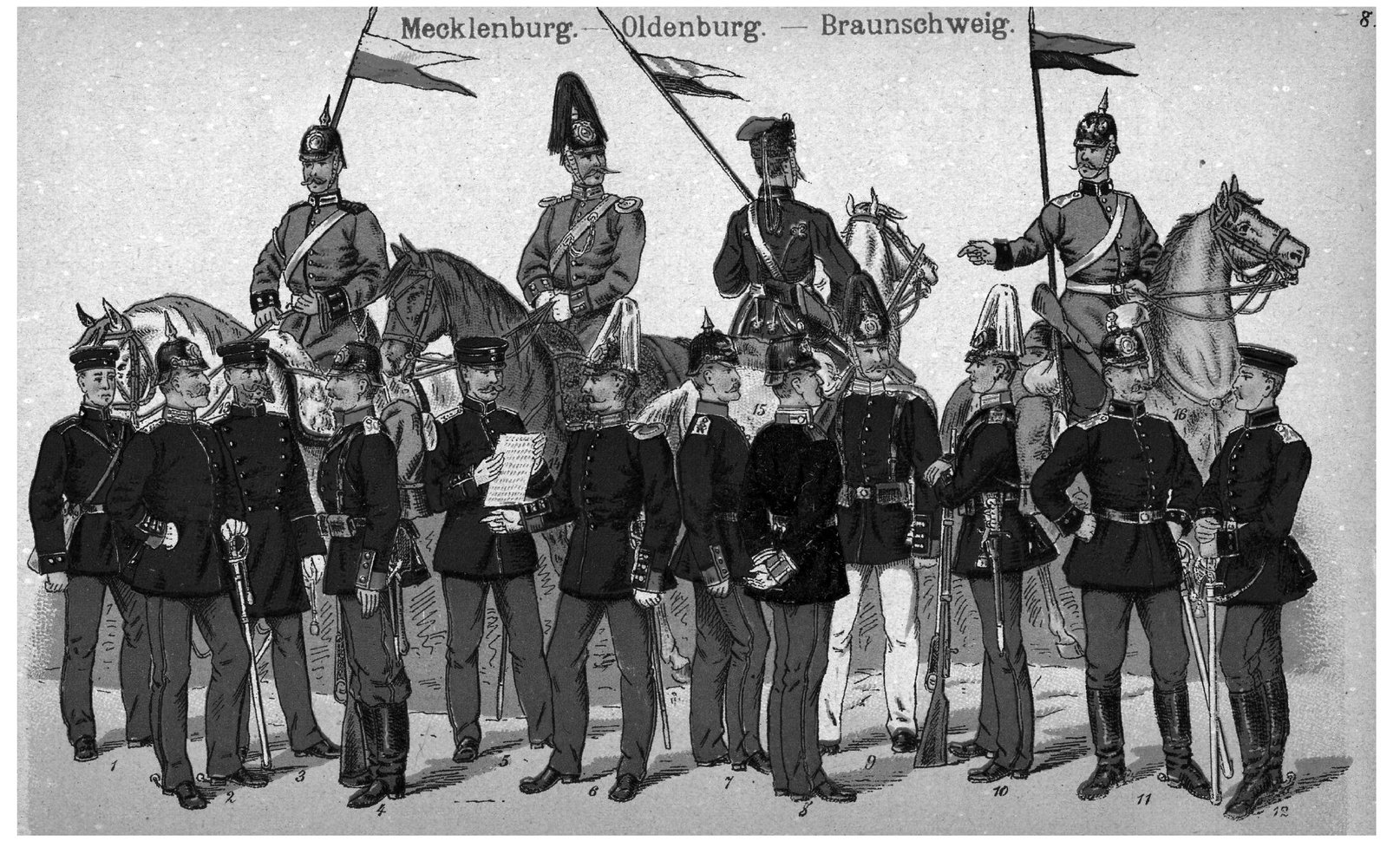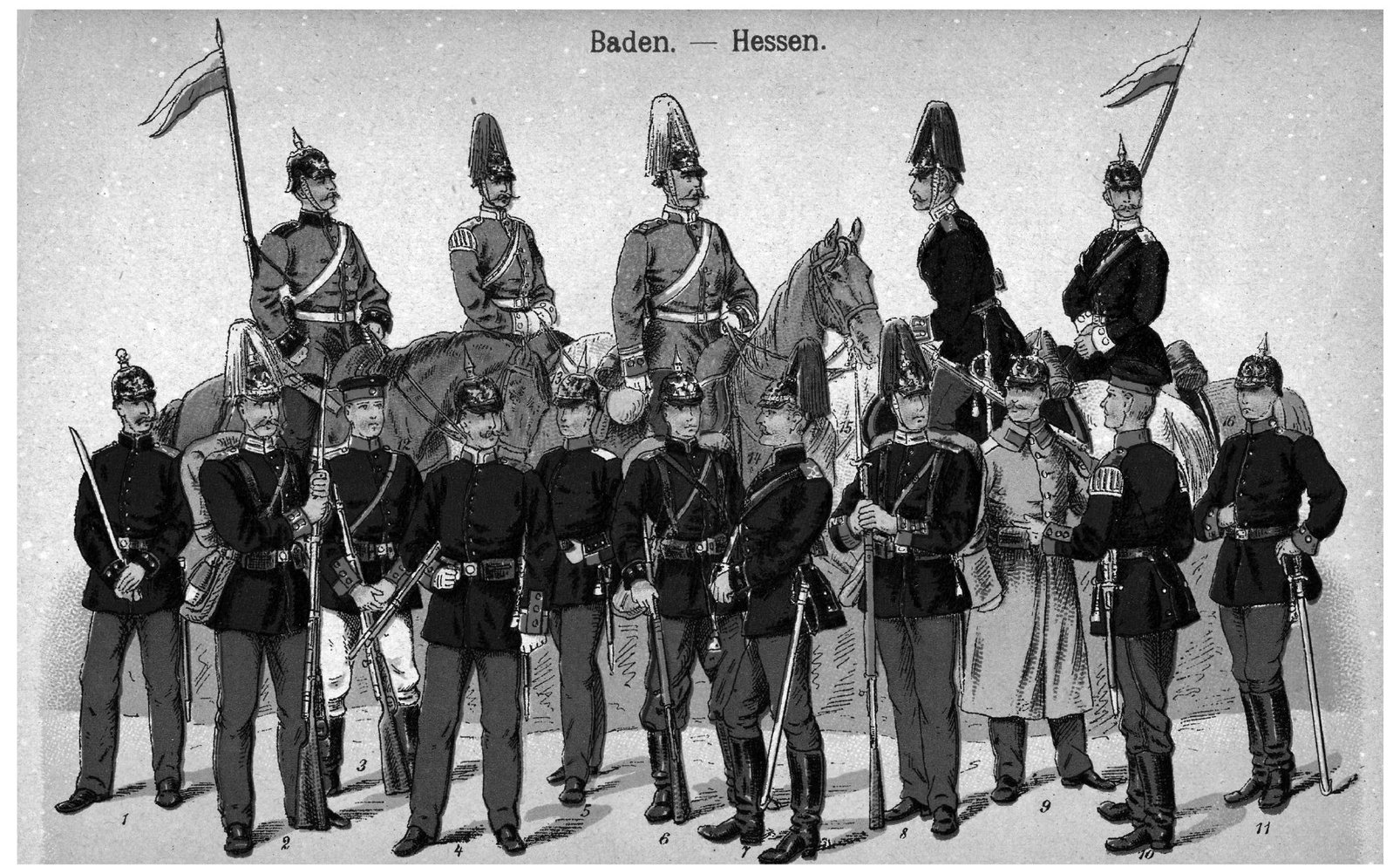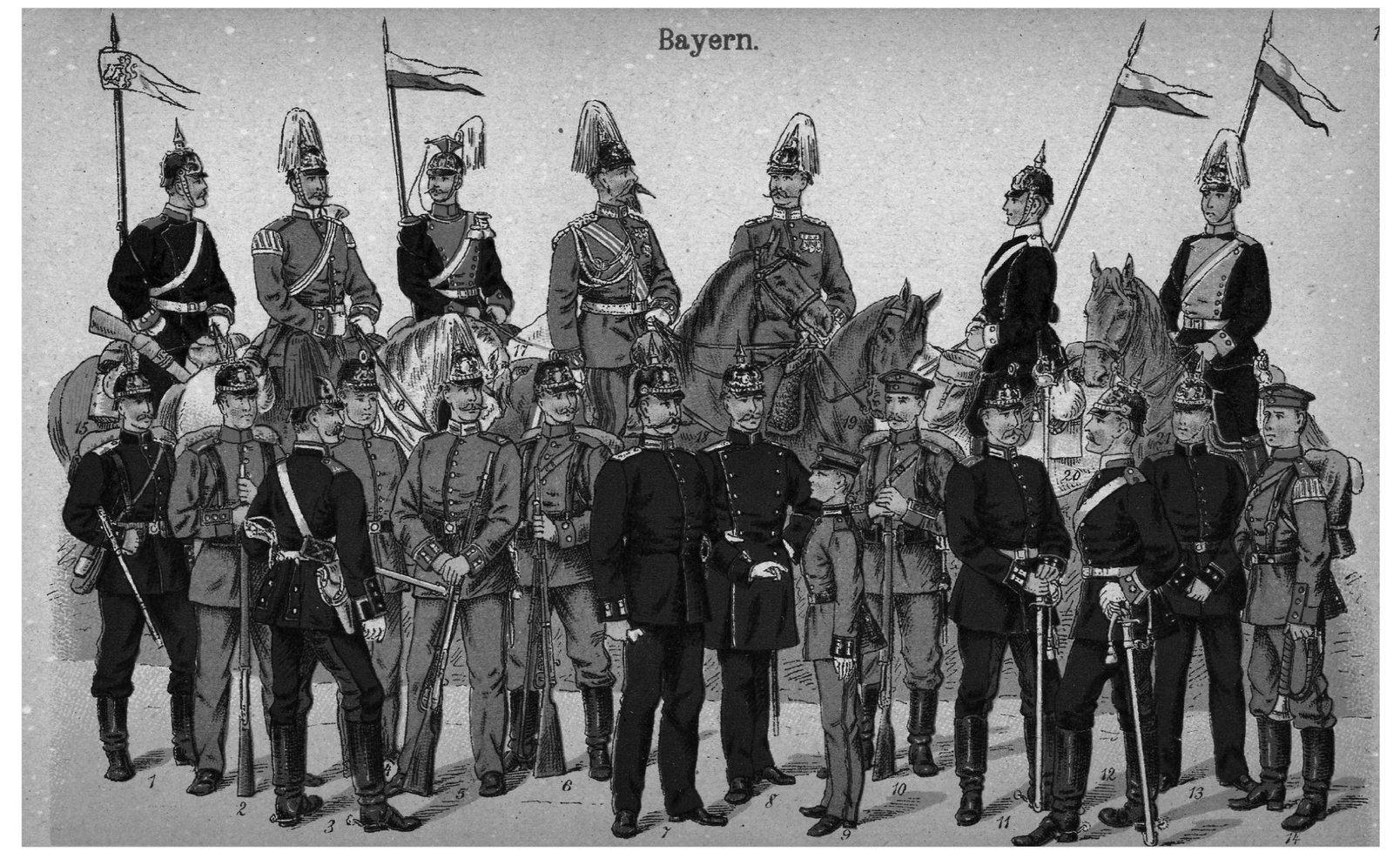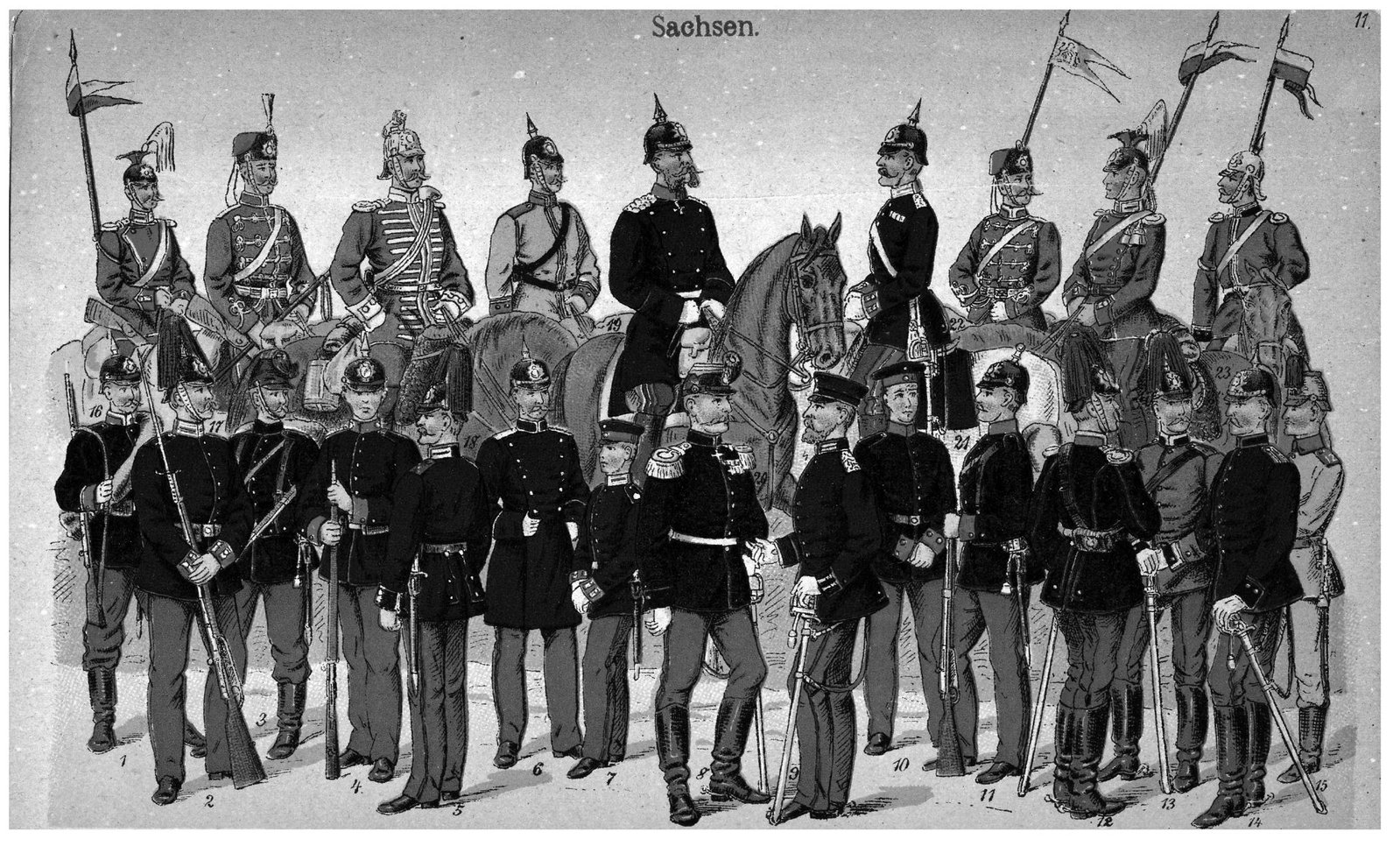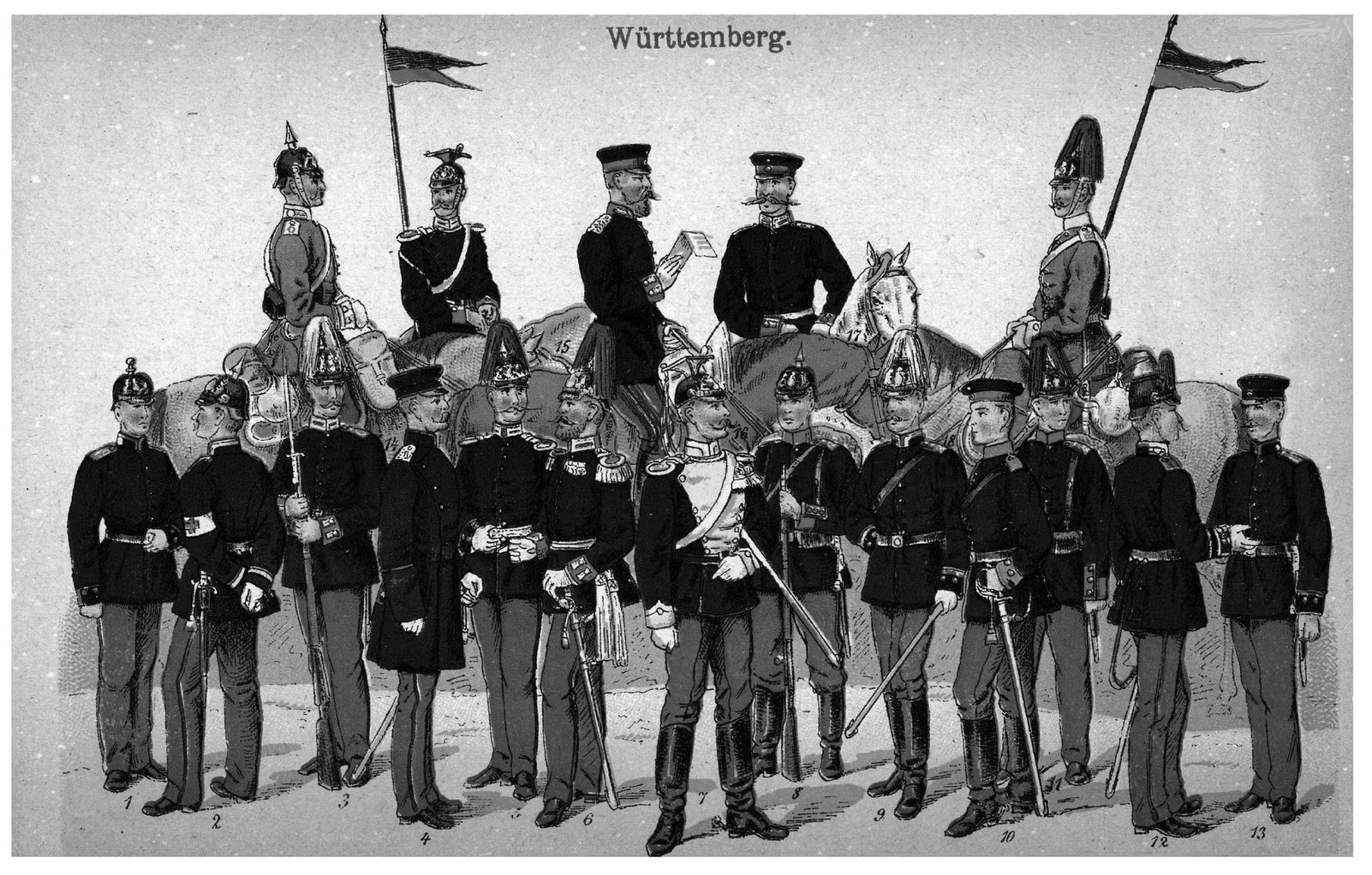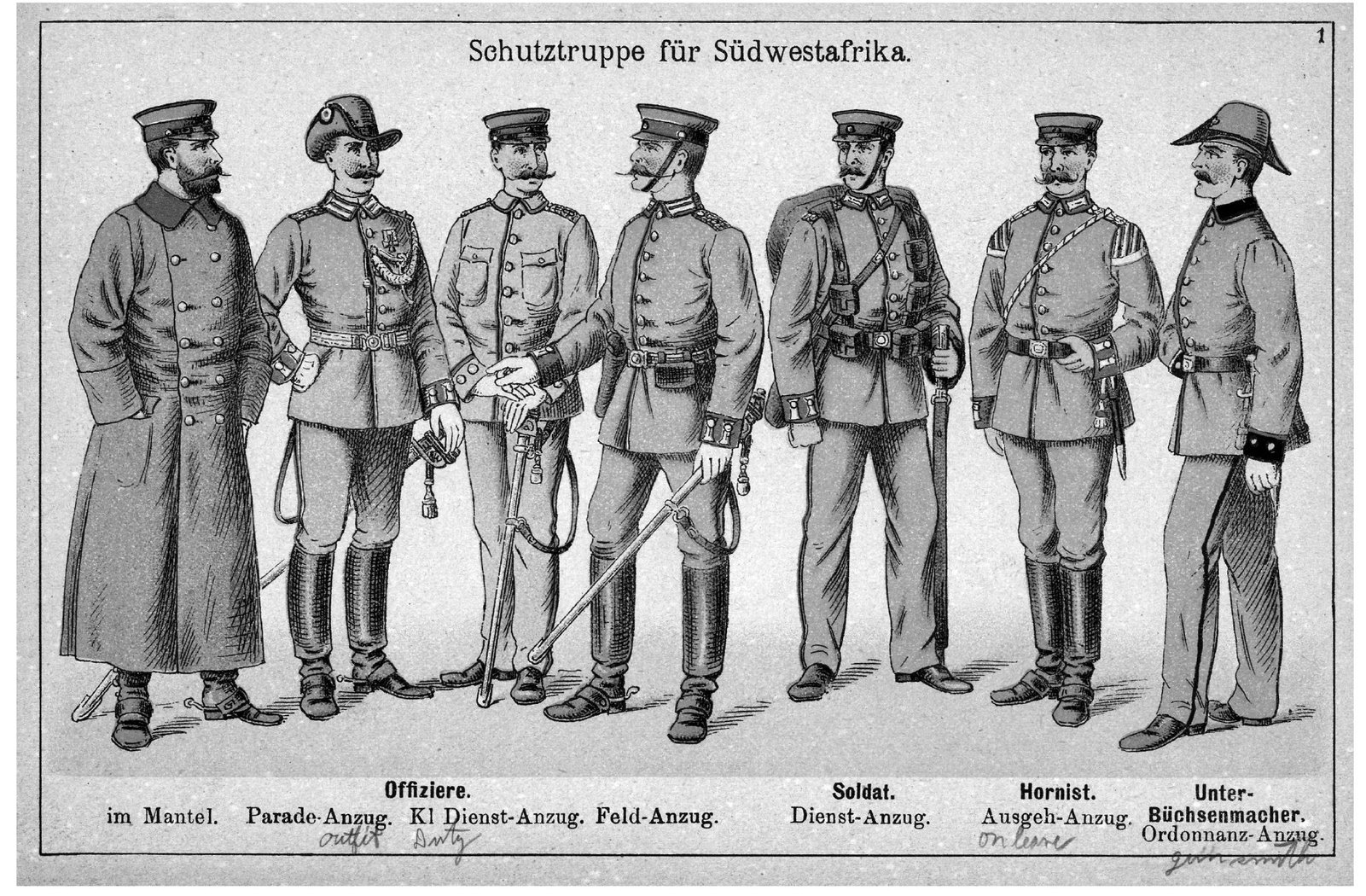ACKNOWLEDGEMENTS
I would like to thank the following individuals who have assisted me through the years and have made this work possible: Ron G. Hickox (); Don Miller (); Hilary Powell; Malcolm Gordon; Thomas Brackmann; Thomas Faust; Jrn Fickart; Katrina Lattke; Ronny Van Troostenberghe; R. James Bender; Michal Jaroszynski-Wolfram; Richard Bass, Jr.; Elke Diederich and Georg Breuer; Bundesministerium der Verteidigung (German Federal Ministry of Defense); Chris Cameron; John Angolia; Lieutenant Colonel Thomas Johnson, USA (Retired); William and Lois Egan; Bolko Hartmann; Robert Tredwen; Alan Smith; David Sullivan; Lionel Leventhal; Michael Leventhal; Ren Chartrand; Christopher F. Seidler; Malcolm Fisher; Phillip Bhler; Ron Manion; Rick Keller and staff from Great War Militaria; Edward C. Ezell (); Martin Windrow; Phillip Jowett; Richard Heller; SS-Sturmbannfhrer Walter Reder, W-SS (); Gefreiter Hans Goebler, Kriegesmarine/U-505 (); Dipl. Ing. Dr. Ferdinand Kirchner; Mark Salussolia; A. M. de Quesada, MD; and, to my daughter Caroline.
The following societies and its members from around the world have been gracious in providing guidance during the years researching this work: Traditionsverband ehemaliger Schutz- und berseetruppen/Freunde der frheren deutschen Schutzgebeite e.V. (FRG); Company of Military Historians (USA); Society for Army Historical Research (UK); South Africa Military Historical Society (South Africa); 8th Air Force Historical Society (USA); US Naval Institute; Garand Collectors Association (USA); Historic Naval Ships Association (USA); National Rifle Association (USA); The Sunshine Postcard Collectors Club (USA); Orders and Medals Society of America (USA); American Society of Military Insignia Collectors (USA); The Orders and Medals Research Society (UK).
I would like to gratefully acknowledge the following institutions: the Bundeswehr Museum (Dresden, Germany); Bayerisches Armeemuseum Ingolstadt (Ingolstadt, Germany); sterreichs Bundesheer; Das Heeresgeschichtliche Museum (Vienna, Austria); Rainer-Regimentsmuseum, Festung Hohensalzburg (Salzburg, Austria); Deutsches Historisches Museum (Berlin, Germany); Deutsches Klingenmuseum Solingen (Solingen, Germany); Reichsstadt-Museum (Rothenburg o.d.T., Germany); Bayerisches National Museum (Munich, Germany); Deutsches Museum (Munich, Germany); Museum Berlin Karlshorst (Berlin, Germany); Ministry of Defense (Berlin, Germany); National Archives (Washington DC, USA); Library of Congress (Washington DC, USA); National Infantry Museum (Fort Benning, USA); West Point Military Academy Museum (USA); US Army; US Navy; Imperial War Museum (London, UK); National Army Museum (London, UK); Bastogne Historical Center (Bastogne, Belgium); D-Day National Museum (New Orleans, USA); Muse de lArme (Paris, France); Muse du Costume Militaire (Thiaucort, France); Muse de la Bataille du Saillant de Saint-Mihiel, 19141918 (Thiaucourt, France). These institutions and their staff have been a treasure trove of information and much of the material they have provided have been incorporated into this work.
APPENDIX A
UNIFORM PLATES OF THE IMPERIAL GERMAN ARMY
Illustrations from p. 335 to p. 340 are from Die Deutsche Armee vor dem Weltkriege .
Leipzig: Verlag von Moritz Ruhl, 1926
Illustrations from p. 341 to p. 342 are from Das Kleine Buch vom Deutschen Heere .
Kiel & Leipzig: Verlag von Lipsius & Tischer, 1901
Above. Prussia: Garde du Corps (infantry and cavalry)
Above. Prussia: Cuirassiers (Heavy Cavalry), Dragoons, and Jger zu Pferde (Mounted Rifles)
Below. Prussia: Hussars and Uhlans (Lancers)
Above. Prussia: artillery, Pioneers, train and transport troops
Below. Prussia: Gendarmerie (Military Police), staff orderlies, cadets, military school administration staff
Above. Prussia: medical doctors, military administration officials, etc.
Below. MecklenburgOldenburgBraunschweig
Above. Officers insignia (epaulettes and shoulder-boards)
Above. Distinctive regimental emblems on shoulder-straps of the German Army
Above and above right. Distinctive regimental emblems on shoulder-straps of the German Army
APPENDIX B
UNIFORM PLATES OF THE IMPERIAL GERMAN COLONIAL TROOPS
Illustrations from p. 345 to the top of page p. 348 are from Die Ehemaligen Kaiserlich Deutschen Schutztruppen .
Leipzig: Verlag von Moritz Ruhl, 1910


